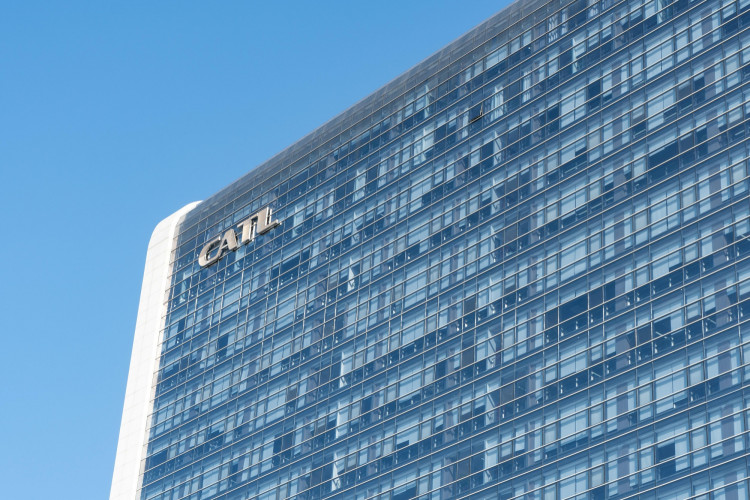Contemporary Amperex Technology Co. Ltd. (CATL), the world's largest electric vehicle battery manufacturer, introduced a new line of battery technologies Monday, unveiling a sodium-ion battery brand and a second-generation version of its high-speed lithium-iron phosphate (LFP) battery capable of adding 300 miles of driving range in just five minutes.
The new sodium-ion battery brand, called Naxtra, will enter mass production in December. CATL said the cell achieves an energy density of 175 Wh/kg, approaching the performance of conventional LFP batteries while offering cost advantages and improved safety. The company demonstrated stress tests during which cells were drilled into and sliced open without triggering thermal events, underscoring safety benefits over traditional lithium-ion chemistries.
"Sodium is cheap and abundant," said Ouyang Chuying, co-president for R&D at CATL. "As the technology and supply chain develop, sodium-ion batteries may have a cost advantage over lithium-ion batteries."
CATL's founder Robin Zeng previously stated that sodium-ion technology could replace up to half of the LFP battery market, where CATL currently maintains dominant global share.
In addition to Naxtra, the Chinese battery giant launched the second generation of its Shenxing fast-charging LFP battery. The upgraded cell enables vehicles to achieve a 520 km (323 miles) driving range with just a five-minute charge, and 80% state of charge in 15 minutes, even under cold weather conditions.
CATL Chief Technology Officer Gao Huan said more than 67 EV models will adopt the Shenxing battery by the end of this year, though he did not specify how many would use the first or second generation.
The announcement follows recent advances by rival BYD, which also unveiled ultra-fast charging technology. CATL responded with its own high-voltage demonstration, showing vehicles charging at approximately 1,000 kW and maintaining over 500 kW at more than 50% state of charge.
CATL also introduced a new system to pair battery packs, modeled after dual-engine aircraft systems. The company claims the design boosts redundancy and enhances vehicle safety by maintaining operation even if one battery unit fails.
More than 18.32 million vehicles equipped with CATL batteries are currently operating in over 66 countries, according to company data. Despite expanding global reach, the firm reported a 15% increase in net profit for 2024, its slowest pace in six years, as a fierce price war in China's EV market continues to pressure margins.






